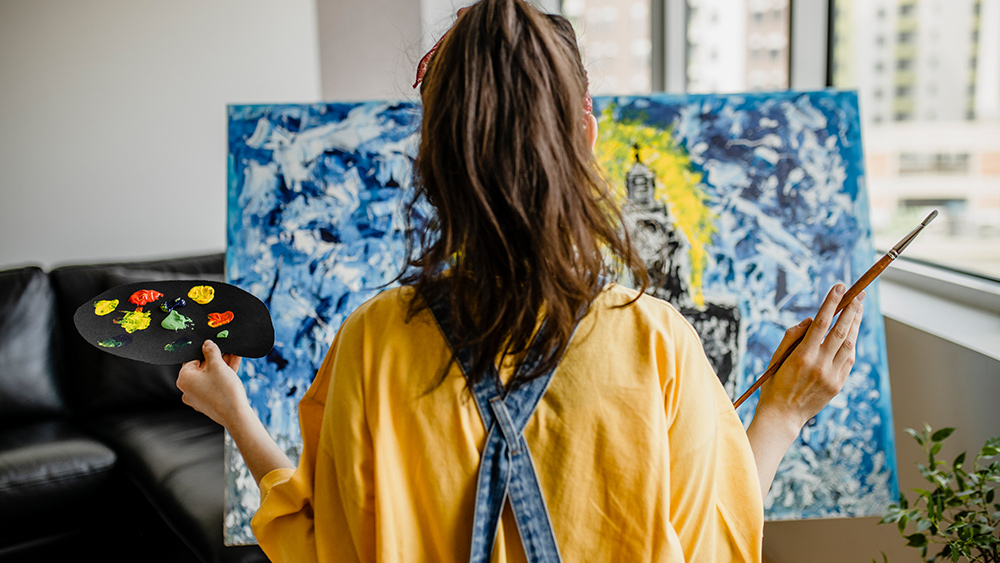
If you're not sure how to get started with canvas painting, this beginners' guide will show you everything you need to know, from the kit you'll need to how to prepare your surface for painting and different techniques to try. If you've mainly worked in your sketchbook or on paper so far, this guide will help make the move to canvas a lot less daunting.
Canvas offers a wealth of advantages over paper – not least that it's much more durable, ensuring your work lasts through the years – so it's worth taking the time to get to grips with this approach.
If you need to stock up on supplies, see our pick of the best canvases for oils, the best oil paints and the best paintbrushes for oils. Meanwhile, read on for our complete guide to canvas painting for beginners.
Which canvas should I buy?
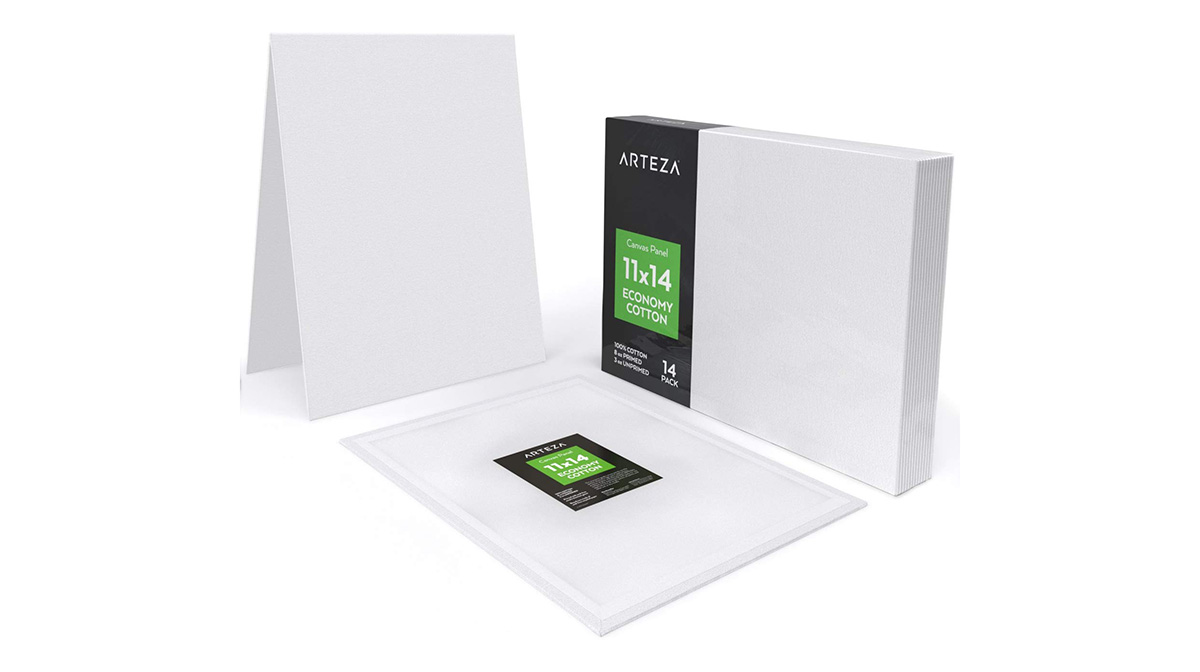
For centuries, oil painting was done on specially prepared wooden panels. These gave a great rigid surface to paint on but environmental factors could cause cracking and warping and they were heavy to transport. As a result, lightweight stretched canvas became the popular choice for painters.
Walk into any art shop today, and the most common canvases available are made from cotton pre-primed with acrylic gesso, with linen canvas primed with oil primer at the more expensive end of the ‘pre-made’ market. If you feel like splashing out, larger art shops will often offer a bespoke canvas-making service. That will give you a quality pre-made canvas that will stand the test of time, but expect to pay a considerable price for it.
When choosing a canvas, remember you get what you pay for. Linen offers a superior support to paint on due to its greater strength and finer surface when compared to cotton. Given the choice, we'd always plump for fine Belgium linen primed with an oil primer to give a lovely smooth and non-porous surface. However, if you're just getting started with canvas painting, it might make sense to pick up a cheaper cotton canvas to experiment on first. You can always improve a cheap pre-made cotton canvas by re-priming it with an oil primer.
Use wooden corners for canvas painting
One element of canvas painting that artists often miss is the little bag of wooden wedges supplied with each canvas. These are really important but often thrown in a drawer.
The wedges are designed to be hammered into the holes on internal corners of your canvases to create tension on the canvas surface. This is vital to ensure a taut surface so you can control your brushstrokes. You might want to invest in a good rubber mallet for knocking in your wedges without damaging the stretcher bars!
Alternatives to canvas for painting
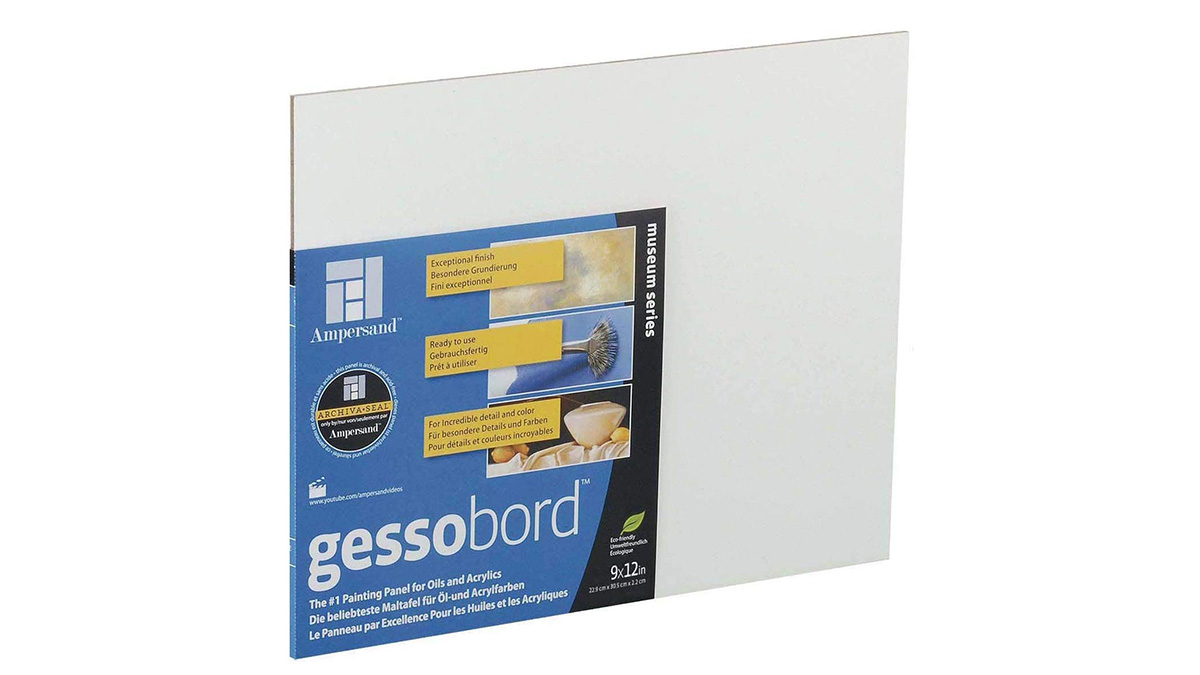
Traditional canvas is not your only option, however, there are several other supports we'd recommend considering for canvas painting for beginners.
Canvas boards are great for studies, they’re thin, lightweight and smaller sizes don’t tend to warp. As the name suggests, they’re made by glueing primed canvas to a board, usually a cardboard. Because they’re made using canvas they tend to have a tooth to the surface which is great for showing off brushstrokes. If you're handy at DIY, a homemade version could save you money – take a look at our guide to how to make your own canvas boards.
Gessobords by Ampersand are expensive compared to canvas boards but well worth the investment. They’re made from a high-density hardwood so they’re much stronger while remaining lightweight and easy to transport. They also come in a variety of thicknesses from standard 1/8” to 3/4”, 1 1/2” and 2”. Gessobords also have a non-porous and lightly sanded surface that allows for great brush control, making them a top quality alternative to traditional wooden panels and linen canvases. Buy gessoboards on Amazon.
Metal can be a great alternative to wood. It's extremely smooth, naturally non-porous, doesn’t rot and it's also lightweight. Copper is the best choice, but aluminium is also a good option. It’s important that you still treat the surface with a decent oil primer to make sure your paint bonds to the metal. Take care though, most boards and canvases will take the odd knock but a metal support needs a bit more TLC.
Which primer should I buy?
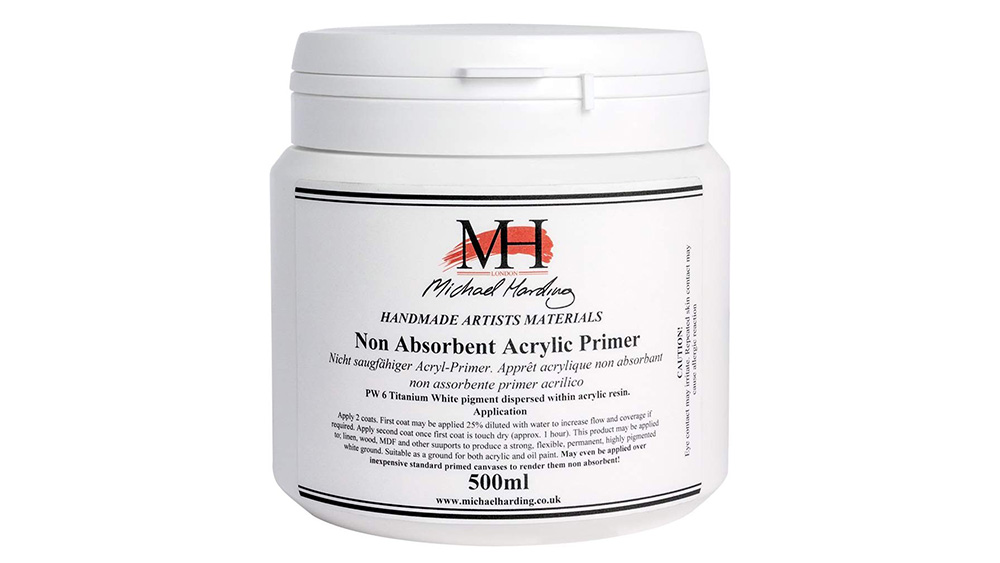
Whatever material you choose to use for your support, you’ll need to prime it. Primed canvases can be porous or non-porous. An acrylic gesso primer will make your canvas porous, while an oil primer will make it non-porous.
The basic principle is that a porous primed support will enable the paint to dry more quickly as the water content of the paint is drawn into the support itself. A non-porous support will allow the paint to dry naturally through evaporation only. The main advantages of the latter are that the paint will stay wetter and workable for longer and the oil paint will keep more of its lustre. On porous primers, the paint can look dead and chalky because it has dried too quickly.
A non-porous primer like Michael Harding Oil Primer will also give you more control of your brushstrokes, as the paint will glide over the surface, and stay wetter for longer. A non-porous primer will tend to drag the paint from the brush.
How to prime a canvas
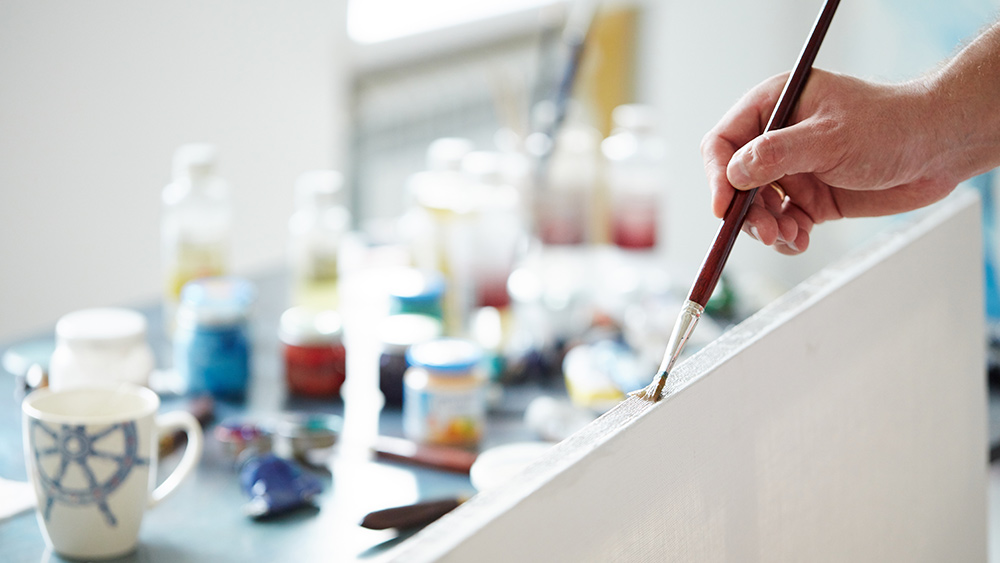
When priming your support, use a wide priming brush like a C Roberson to give an even finish. Start from one side of the support and work horizontally across the entire surface in one direction, and then allow it to dry. Once dry, turn the support 90-degrees and repeat the process, working across the brushstrokes of your first coat. Again, allow to dry, and then repeat as necessary.
How to prep a canvas for painting
First, kill the white! Or to put less dramatically, apply a ground of colour on your canvas. This not only gets rid of the daunting white, but also acts as a harmoniser. As you paint some of the ground will inevitably show through the brush strokes, creating a visually pleasing, harmonious effect. If using oil paints, try applying the ground colour thinly mixed with a little Liquin drying medium the day before you want to start painting to give it enough time to dry.
Apply the ground colour roughly with a brush and then scrub it in with a wad of kitchen towel. Don’t be too precious, it doesn’t need to be perfect. Try experimenting with different coloured grounds. You will need to add more paint over a darker ground compared to a lighter one, but this can create interesting results.
Using a mahlstick
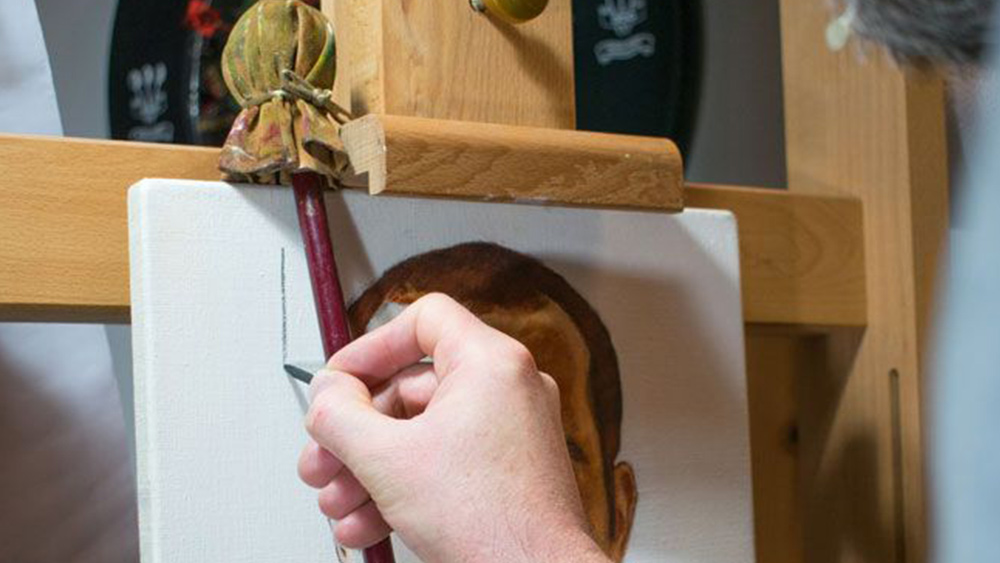
You don’t need a huge amount of equipment to get started with canvas painting, but what little you do need is worth investing in. A mahlstick is a great tool for canvas painting. Basically a stick with a cork ball covered in chamois leather on the end, it’s primarily designed to give something for painters to lean on when working on larger canvases. However, they come in very handy with smaller canvas too. For more information, including details on how to make your own, see our article on how to use a mahlstick.
How to start canvas painting
So you're kit's ready and your canvas is primed and good to go. It's time to start painting! How you approach this will depend a lot on what kind of paint you're using. Below we've gathered together our best advice articles together to help you continue on your canvas painting journey. Dive in to discover our top tips for canvas painting with oils and acrylic, plus general painting advice.
Oil painting
Working in oils can feel scary and mastering it requires certain techniques that you might not be used to. Explore these 10 essential oil painting tips for advice on getting started and how to manipulate the paint. For more advice on getting kitted out, take a look at this article on five things you need for oil painting.
Acrylic painting
Acrylic paints dry fast and can either be used straight from a tube or thinned with water and used more like a watercolour. This article runs though the acrylic painting tips you need to know to begin working with this versatile, vibrant medium.
General painting advice
Ready to take your skills to the next level? Explore this painting techniques article for more advanced tips, including using dry brushing, glazing and sgraffito. There are tips here that can be used for canvas painting with a range of different paint types.

Thank you for reading 5 articles this month* Join now for unlimited access
Enjoy your first month for just £1 / $1 / €1
*Read 5 free articles per month without a subscription

Join now for unlimited access
Try first month for just £1 / $1 / €1
Get the Creative Bloq Newsletter
Daily design news, reviews, how-tos and more, as picked by the editors.

Rob Lunn is a self-taught painter, and loves to paint in oils. His influences are Vincent van Gogh, Caravaggio and Ilya Repin. He has taught art workshops since 2012 and gets a real buzz from teaching people to draw and paint. He has contributed to Paint & Draw magazine and bookazines, and has also provided traditional art tutorials for Creative Bloq.
You must confirm your public display name before commenting
Please logout and then login again, you will then be prompted to enter your display name.
